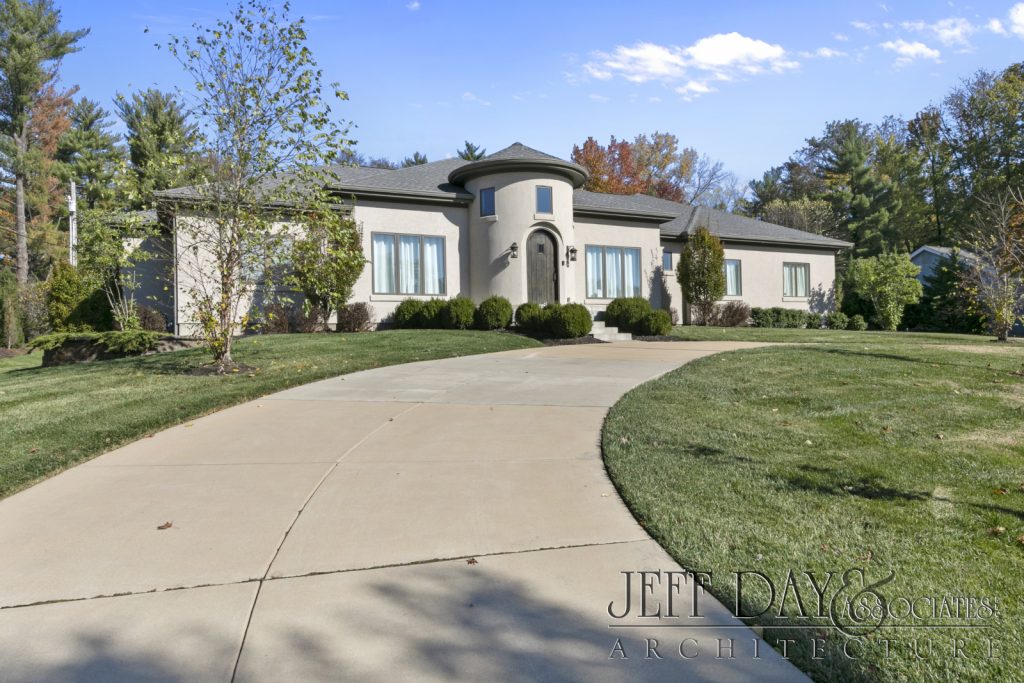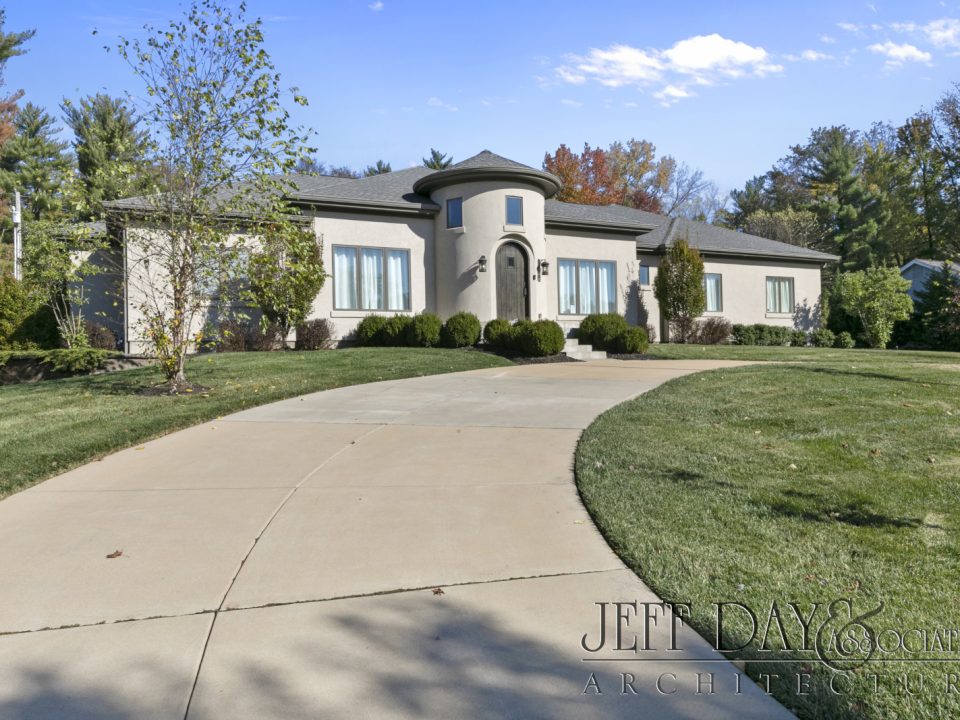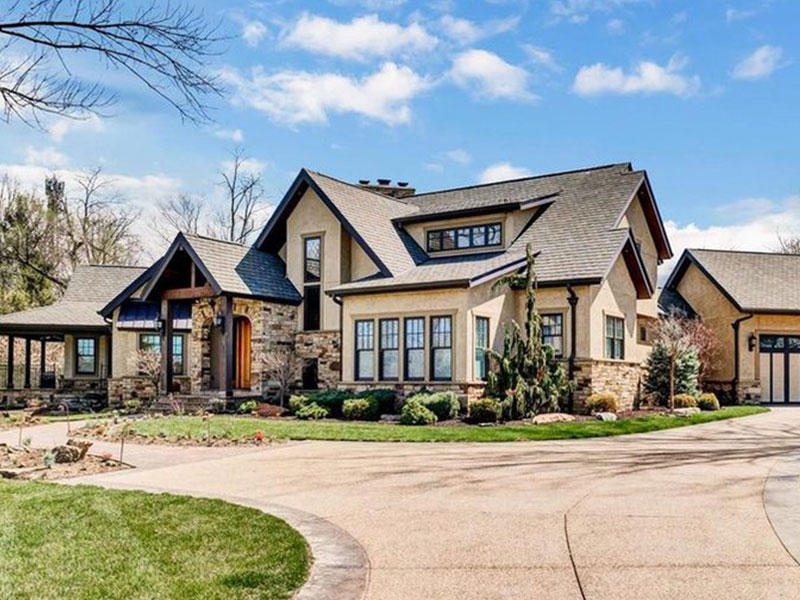Southwestern | Mediterranean | Spanish
Iconic red roof tiles and stucco walls make the Mediterranean style homes one of the most recognizable architectural styles. If you’re a homeowner that is looking to blend this Spanish influenced construction into your new custom home or renovation, the architects at Jeff Day and Associates can help you realize that dream. Read on to see what features are common in Mediterranean architecture.
Read More
Southwestern | Mediterranean | Spanish

The Mediterranean vernacular is eclectic by nature blending design styles from Spain, Italy, Portugal and other countries surrounding the Mediterranean Sea with eventual design elements of countries like Mexico and Morocco influencing this style. Because of the diversity of inspirations, there are several styles that draw from Mediterranean architecture. However, each can be recognized for the iconic red tile roofs, stucco exterior and use of natural stone and wood.
Spanish Colonial Architecture
Spanish Colonial architecture is the most ornate of all the Spanish or Mediterranean styles. The Churrigueresque ornamental decorations around the arched doorways is a hallmark of early Spanish style of architecture. However, more modern designs have decorative tile, brick or stone adorning entry ways. These 1 or 2 story houses also have the classic clay tile roofs and stucco siding that comes standard with Mediterranean architecture. Also referred to as Hacienda style homes, they feature open courtyards that can be in the exterior or interior of the home.
Mission Revival
Mission Style homes were made popular in the Southwest United States and Florida because of their Spanish heritage. The Mission Revival is a Prairie School home with a Southwestern flair and is sometimes called the “Western Craftsman” or “Spanish Bungalow”. Arched windows and doors, clay tile roofs and stucco exterior walls are key features of Mission style.
Pueblo Revival
Found predominantly in warmer climates like the American Southwest, the Pueblo Revival style combines the architecture of Pueblo Native, Spanish and English cultures. These one story buildings typically have thick, rounded adobe walls covered in brown stucco to mimic the original mud adobe houses of the region. Flat roofs, irregular parapets and exposed wood beams called vigas are another traditional feature of these Santa Fe style homes. However, more modern designs include stone and red tile roof accents.
Exterior
Mediterranean homes were created to be functional as well as aesthetically pleasing. The thick stucco walls create insulation against the heat in warmer climates and clay roof tiles help to trap cold air pockets that also help to keep the house cool. Traditionally, the stucco finish is usually painted to contrast against the iconic red terracotta roof tiles, however midwestern versions use paint colors to contrast to shingle and metal roofs. Stone or tile accents and wooden front doors with metal hardware are other common features. Typical exterior features include:
- Red clay roofs
- Exposed wood beams
- Solid wood front door with metal hardware
- Rounded entry ways
- Stucco exterior finish
- Courtyard or patio; outdoor living area
- Flat or low-pitched roof and little overhang
- Ornamental grillwork on windows facing street
- Casement windows
- Large, symmetrical facades
Interior
Mediterranean and Spanish style home interiors are for anyone that appreciates simple and elegant spaces. Open floor plans create a relaxing retreat connecting the indoor spaces to outdoor patios. Patios, balconies and large windows combined with natural wood, stone and tile elements help connect homeowners with nature. Interior features include:
- Open floor plans
- Arched doorways
- Exposed wood beams
- Wood and stone accents
- Terracotta or Saltillo tile flooring
- Spanish tile accents
History
For centuries, the Spanish Colonial-style homes were found throughout the American Southwest and Mexico due to Spanish settlers using their own native architecture to build their homesteads. Traditional Spanish Colonial houses generally had small floor plans and few windows to keep the sunlight out and to let breezes in. It wasn’t until the early 1920’s that we began to see the more open floor plans and large airy spaces of the Mediterranean style. Developers and people with influence wanted to bring the villas of the Mediterranean to the US to create luxury seaside resorts. These stucco houses became popular as everyday people wanted to reflect the relaxed atmosphere in their homes. Inspired by the principles of the European Arts and Crafts Movement, architects used the heavy Spanish influence already in California, Florida and the Southwest with local materials to create the homes and resorts blending these two styles. Link to European


